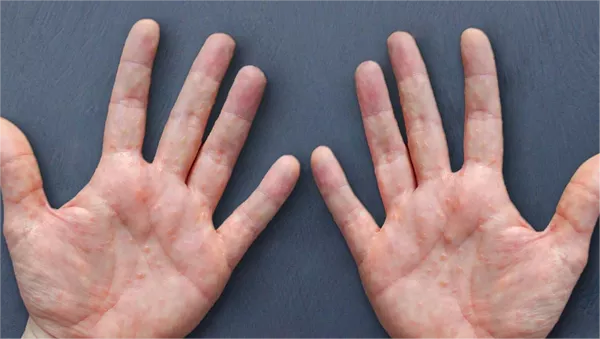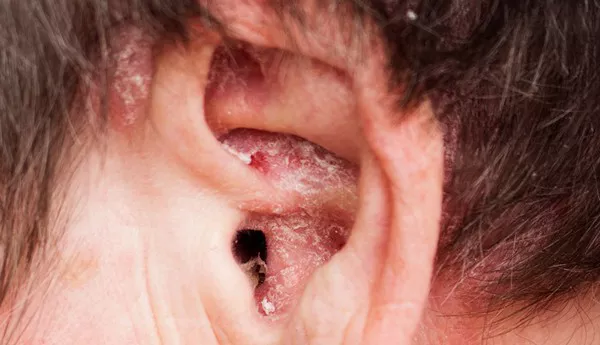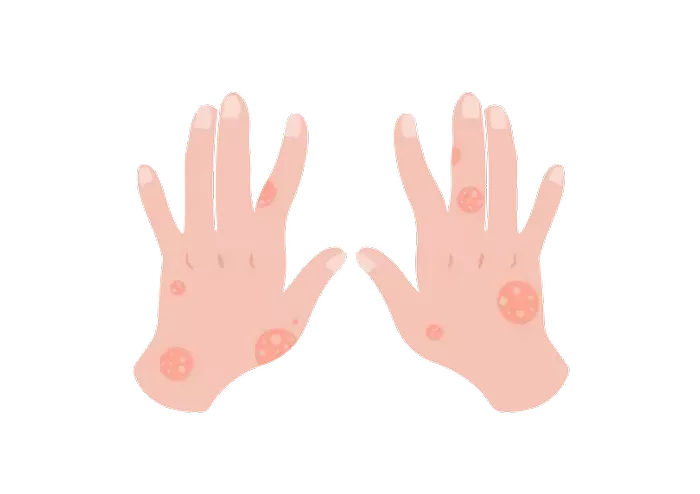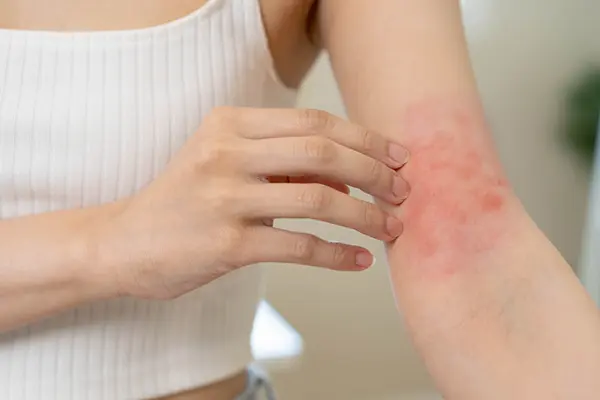While an infusion made from Psoralea corylifolia, commonly known as Bu Gu Zhi, may offer some supportive benefits for vitiligo, it cannot directly cure the condition. Vitiligo is a complex skin disorder characterized by the loss of skin pigmentation, with causes that include immune system abnormalities, genetics, and environmental factors. Bu Gu Zhi, a traditional Chinese medicine, is known for its properties in warming the kidneys, invigorating yang, and promoting blood circulation.
Properties of Bu Gu Zhi
Bu Gu Zhi contains compounds such as psoralen, which are believed to promote melanin production according to traditional Chinese medicine theories. Modern research also suggests that psoralen may stimulate melanocytes under specific conditions. However, the exact mechanisms of Bu Gu Zhi’s effects are not fully understood, and its efficacy varies among individuals. It should not replace conventional medical treatments.
Using Bu Gu Zhi Infusion
For individuals with vitiligo, Bu Gu Zhi infusion can be considered as a complementary approach, but it should be used with caution. Bu Gu Zhi has photosensitizing properties, meaning that prolonged or excessive use can increase skin sensitivity to UV light and potentially cause phototoxic reactions. It is advisable to use it under medical supervision and avoid self-administration.
Comprehensive Management of Vitiligo
Vitiligo patients should focus on a holistic treatment plan, including topical medications, phototherapy, and psychological support. Bu Gu Zhi infusion can serve as a supplementary measure but should not be relied upon as the sole treatment. If symptoms are severe or worsening, it is crucial to consult a dermatologist for a professional diagnosis and treatment plan.
Conclusion
Although Bu Gu Zhi infusion may provide some supportive benefits for vitiligo, it is not a direct cure. Patients should prioritize comprehensive medical treatment and seek professional advice to manage their condition effectively. Relying solely on traditional remedies can delay proper treatment and management.
Related topics:



























